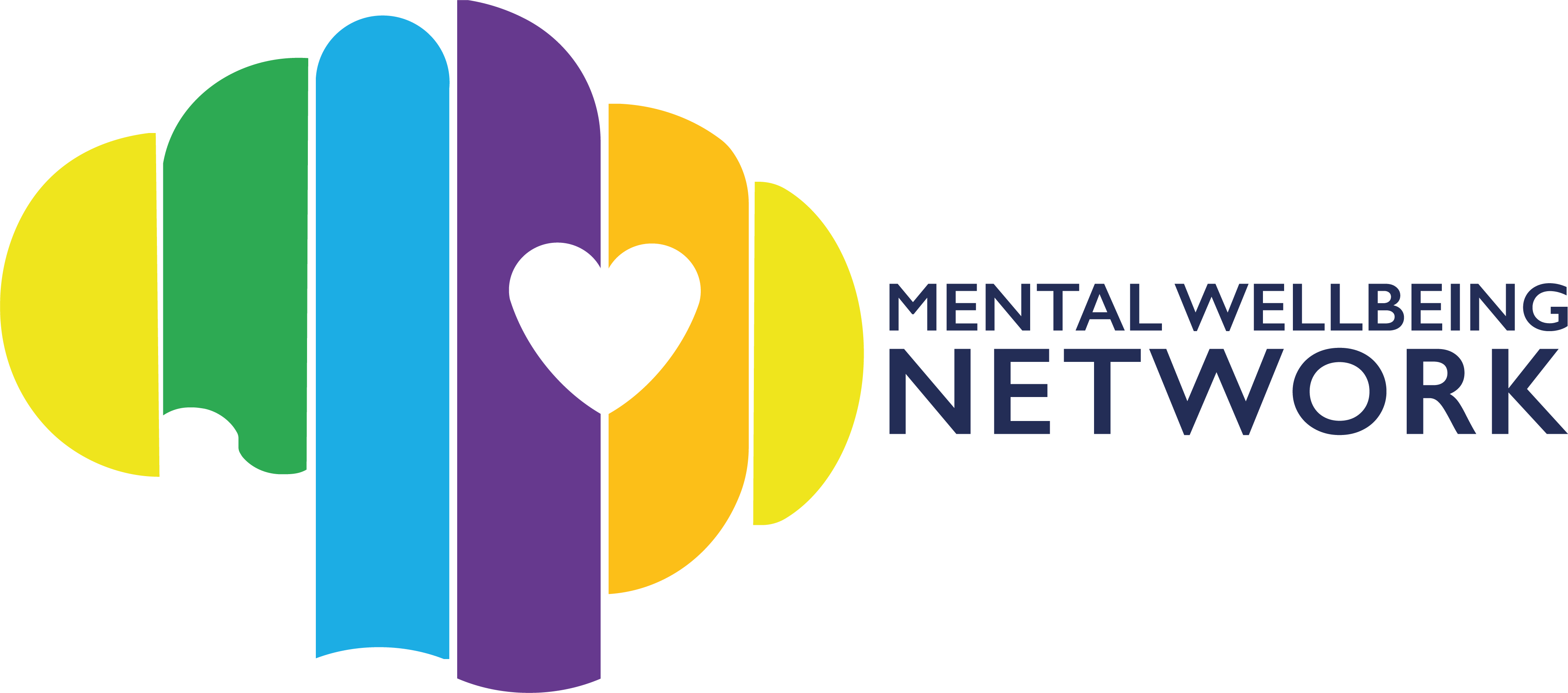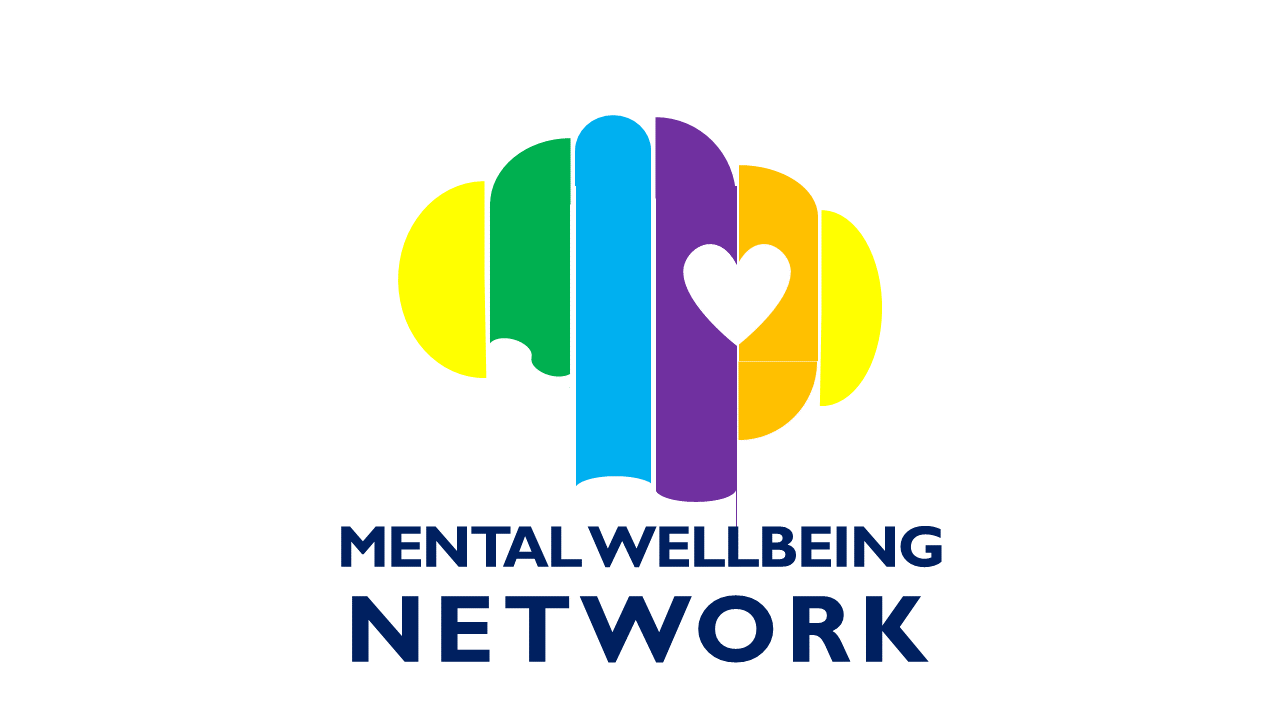Resolving Communication Barriers
Introduction
Some individuals have difficulties communicating through speech. This can be the result of an underlining condition, a physical disability, speech difficulties or a learning disability.
This article will look at how these individuals can overcome communication barriers using methods like, Sign Language and Makaton. We will then continue to explore their subcategories, including finger-spelling and Sign Supported English (SSE).
In addition, we will examine how these methods can vary, depending on the country and region.
Summary – Hearing Impairments / Disabilities
Hearing impairments refers to hearing loss, which most commonly happens as you age. Or, through continuous exposure to loud noises.
But there are other causes. Genetics can also cause hearing problems.
They can occur in various age groups, not only in adults. They can also manifest in children and teenagers.
Hearing loss is when sound signals deviate from the brain, causing a loss in hearing, both partial and total. Partial is the loss of some hearing, while deaf is a considerable to total loss of hearing.
Hearing loss can happen via two ways:
- Sensorineural Hearing Loss – damage to the hair cells located in the inner ear canal, or damage to the auditory nerve.
(Caused by old age, or by injury to the ear)
- Conductive Hearing Loss – Where sounds cannot travel from the outer ear canal to the inner ear.
(Causes: build-up of ear wax, glue ear, or fluid caused by an ear infection. Other causes: Perforated ear drum, or a disorder found in the hearing bones)
You can be affected by both types of hearing loss causes, known as mixed hearing loss.

Summary – Speech Difficulties
Speech, language and communication needs (SLCN).
A number of children need extra support to develop their skills in speech. This is from their range of words to pronouncing words more clearly and smoothly.
It is quite common to have various development speeds, but in most cases, children will have mostly developed their speech by the time they start primary school (ages 5 – 6).
Some causes of late speech development can consist of:
- Cleft palate – A split or gap in the upper lip. Can also include the roof of the mouth.
- Cerebral palsy – A disorder that affects movement, the muscles, balance and posture
- Hearing impairment – A partial, substantial, or total loss of hearing.
- Global development delay – General term used for children who are significantly behind in their mental and physical development.
Some common sign of speech difficulties:
- Difficulty identifying different sounds
- Hard to pronounce the sounds
- Difficulty in using the sounds to create words
- Hard to vocalise longer words
- Speaking in a broken tone (sentences not fluid)
What is Sign Language?
Sign language is a specific communication method designed for individuals, suffering from hearing impairments.
This is a system which focuses on visual aspects to communicate with people, via hand signs, gestures and facial expressions. They are used to form words and sentences, to create a type of silent communication.
Sign language is its own language. It has its own form of grammar and syntax that it abides by, similar to any other language.
In the UK, we use the British Sign Language, the most common form of sign language used in Britain.
Finger-Spelling
Finger-spelling is an important subpart of sign language, where you position your fingers in various angles and signs.
We use it to sign out a name, or a certain place. Words that are too distinct, or unique.
Sign Supported English (SSE)
Sign Supported English (SSE) is an adapted form of the British Sign Language.
It uses the signs of the sign language, but the structure and grammar are based on spoken language. The signs will follow the order that they would be spoken in.
As SSE does not use the grammatical structure of the British Sign Language, it is easier for people with good hearing to learn.
This sign variation can be taught in schools, benefitting both students with hearing impairments, and those without.
Teachers, relatives and friends, can also learn sign language to improve communication.
Is Sign Language a Universal Language?
Sign Language is not a universal language. There are thousands upon thousands of variations of sign languages worldwide.
There are regional variations of sign language, which are based on the spoken language of the city, region, or country of residence.
Some influences are formed by:
- The informal language spoken
- The regional accents of the city of residency
Sign languages are also different, depending on the country they originate from.
For example, British Sign Language and American Sign Language use different hand gestures to express each letter of the alphabet.
These are just the basic differences found, and will only increase with the words and sentences produced in sign.
What is Makaton?
Makaton was established for adults and children with learning difficulties and communication problems
Makaton is a language that incorporates, signs, symbols and speech to develop communication.
It helps support the development of speech, and as a communication tool.
Makaton enables the development of skills that support better communication.
Some skills of improvement are:
- Attention and listening
- Comprehension
- Memory
- Recalling and organisation of the language learnt
- Expression
Communication is imperative in everyday life. Makaton is used in communication, to help those with learning difficulties.
By using spoken words with gestures, we are able to conclude what the person is trying to convey. If not completely, it can at least give hints about what the person is trying to tell us.
It is a great tool for communication and as a developmental tool.
Is Makaton a Universal Language?
Although Makaton is not a universal language, it has its own variations. It is constantly evolving and has its own unique grammar and structure.
Sign advisors deliberate on which signs are easier to sign and whether it looks like the written word.
Makaton consists of the signs developed by Sign Language.
Sign Language variations, influence the Makaton signs used in each region.
Makaton signs change through:
- Region / Country,
- Regional Accent of residency,
- Informal Spoken Language of the place of residence.



